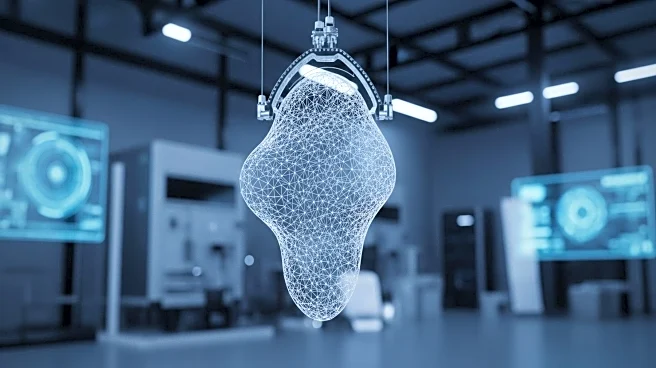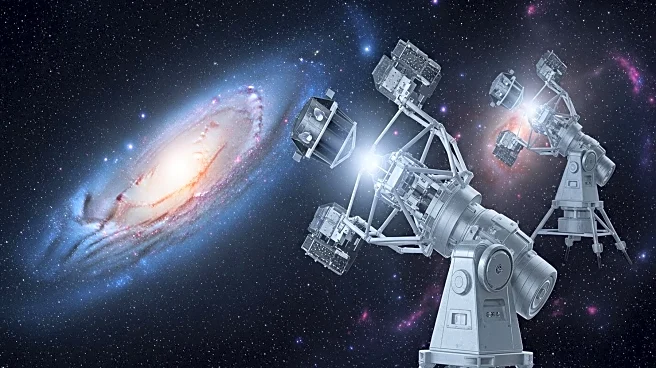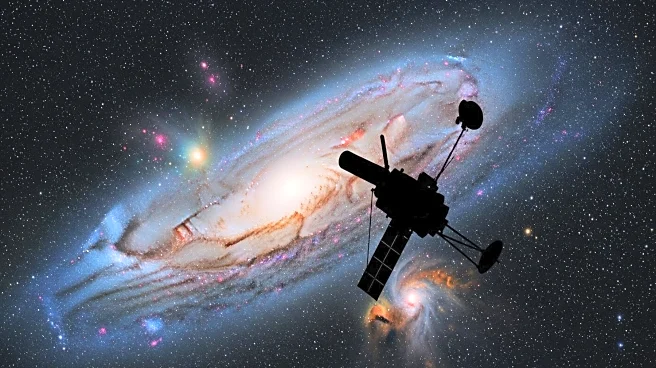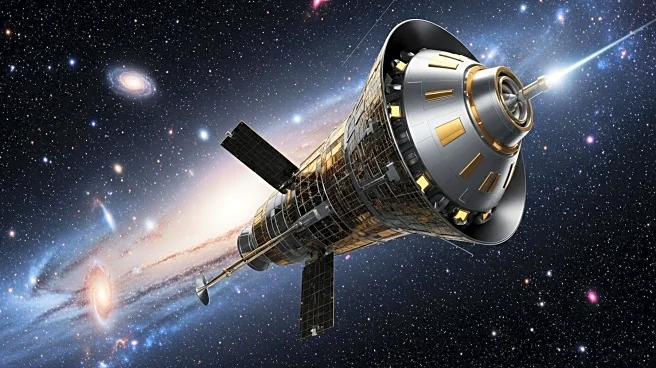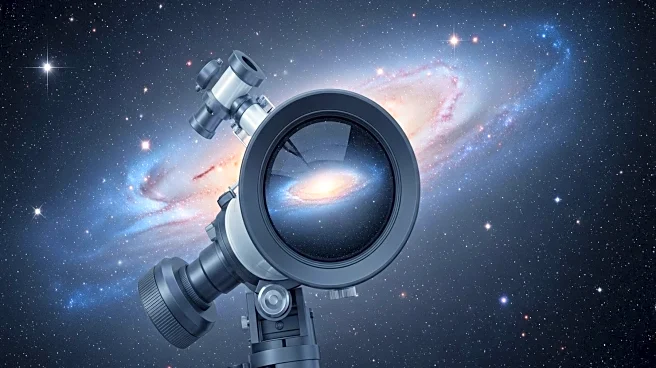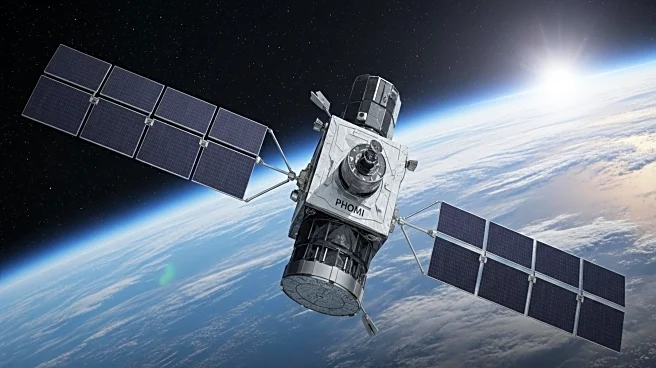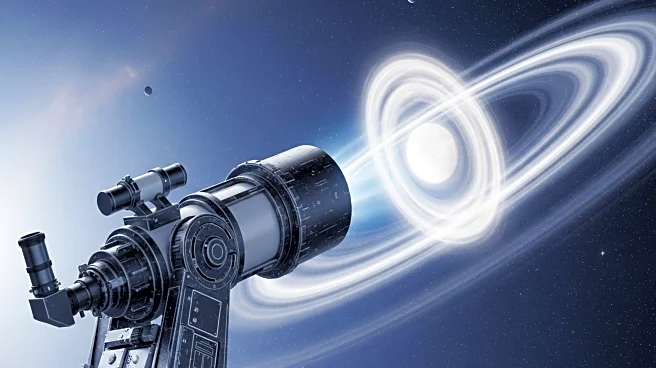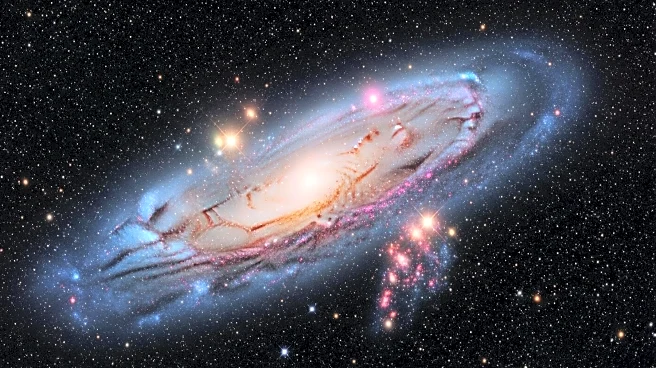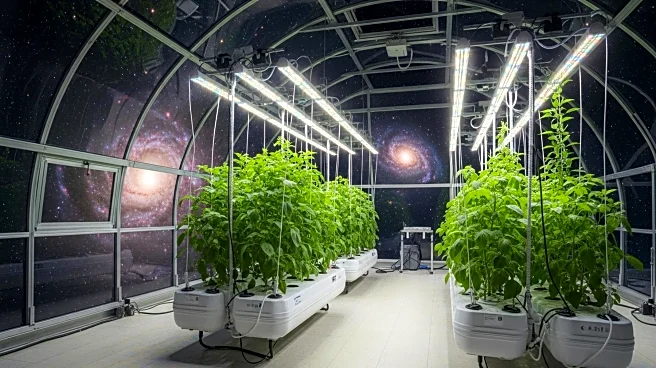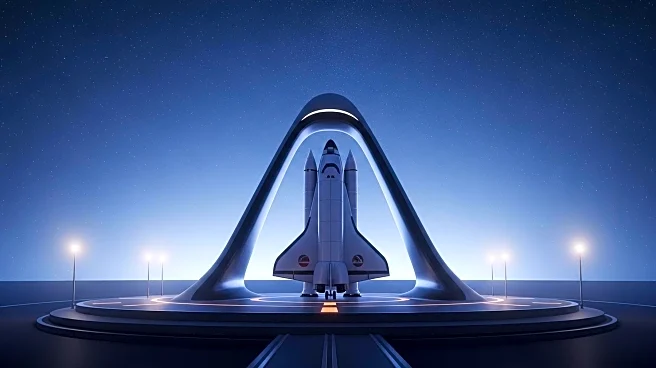What's Happening?
NASA is advancing the development of microelectromechanical system (MEMS) deformable mirror (DM) technology, a critical component for space-based exoplanet detection. The project, led by Boston Micromachines Corporation (BMC), aims to enhance the technology readiness of MEMS DMs, which are essential for coronagraph instruments used in exoplanet imaging. These high-actuator-count DMs are integral to several NASA mission concepts, including the Extrasolar Planetary Imaging Coronagraph (EPIC) and the Exoplanetary Circumstellar Environment and Disk Explorer (EXCEDE). Despite their potential, MEMS DMs have not yet been tested for their ability to withstand the mechanical stresses of space launch. The project seeks to demonstrate the functionality and performance of these components in critical test environments, ensuring their survivability during launch and deployment.
Why It's Important?
The development of MEMS DM technology is crucial for advancing NASA's exoplanet exploration capabilities. By improving the performance and reliability of these components, NASA can enhance its ability to detect Earth-like planets beyond our solar system. This technology could significantly impact the field of astrophysics by enabling more precise imaging of distant celestial bodies. The success of this project could lead to breakthroughs in understanding planetary systems and potentially identifying habitable planets. Furthermore, the collaboration with BMC highlights the importance of partnerships between NASA and private industry in driving technological innovation.
What's Next?
The project will involve rigorous testing of MEMS DM components at various NASA facilities, including the Jet Propulsion Laboratory and the Goddard Space Flight Center. These tests will assess the components' performance under simulated launch conditions, such as vibration and acoustic loading. Successful completion of these tests will pave the way for integrating MEMS DMs into future NASA missions. The ongoing development and testing will also provide valuable data to refine electromechanical models, further enhancing the technology's reliability and performance.
Beyond the Headlines
The advancement of MEMS DM technology could have broader implications beyond exoplanet detection. The technology's ability to withstand harsh space environments may open new possibilities for its application in other space missions, potentially leading to innovations in satellite imaging and space exploration. Additionally, the project's focus on model-based performance predictions could set new standards for testing and validating space technologies, influencing future research and development in the aerospace industry.

